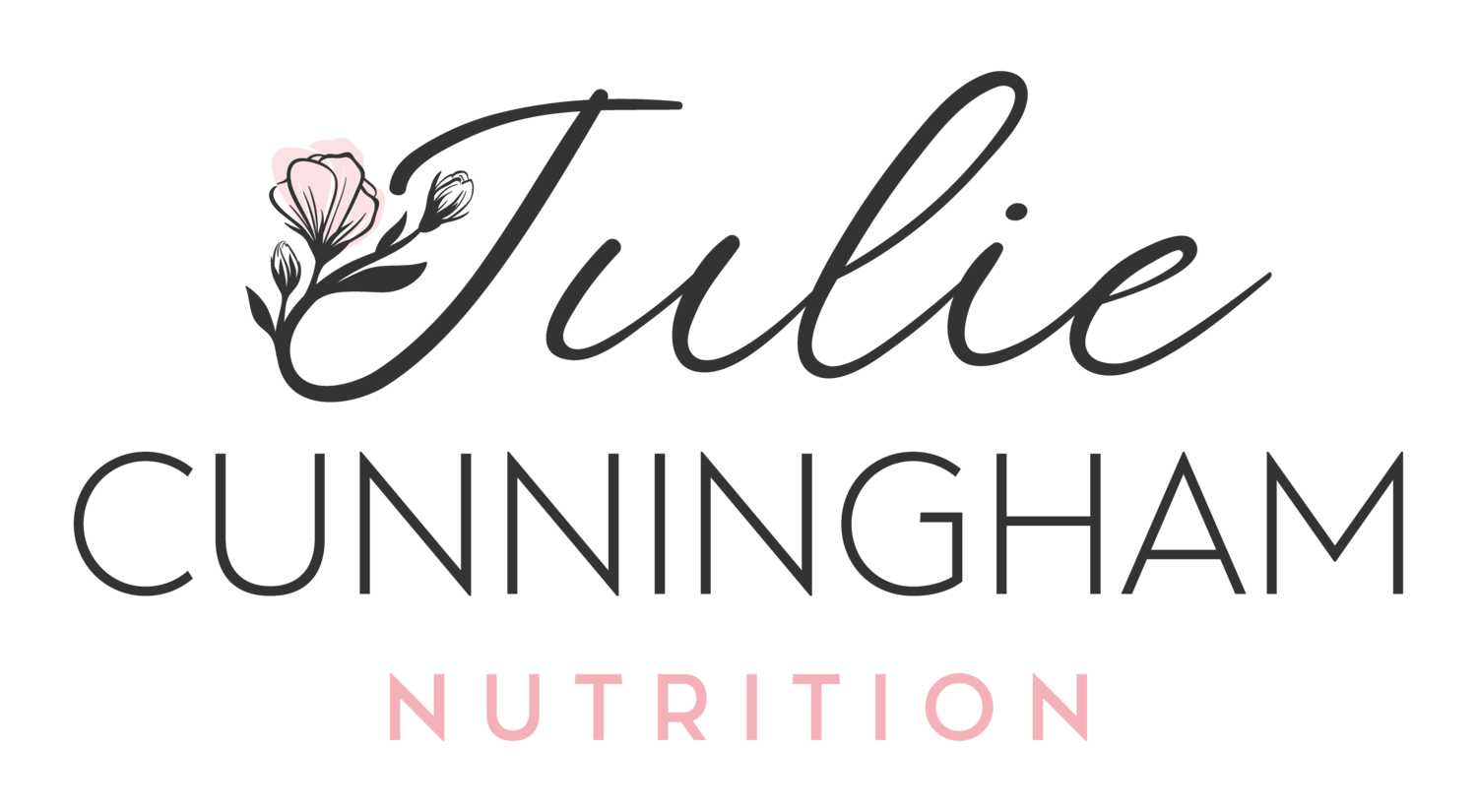Is Stress Eating Ruining Your Blood Sugar Management? How to Regain Control
A few days ago, I asked a client what she thought was the biggest thing holding her back from changing her health. Her answer? Stress eating. She said she was afraid she'd be unable to cope with stress if she couldn't turn to food for comfort. She wouldn't know what to do without using food to soothe her emotions.
Stress, eating, serotonin, and dopamine
It's normal and natural to reach for things that make us feel better, even temporarily, when we're under stress. We actually get a tiny little bit of the feel-good hormones called serotonin and dopamine when we eat, and those hormones do improve our moods. Those little doses of serotonin and dopamine are the reasons why eating makes us feel better when we're stressed out.
Stress eating and diabetes
Stress eating not only makes it hard to manage your weight, it also affects your blood sugar, too. Depending on the foods you choose to eat when you're stressed, you may take in a lot more carbohydrates than you need, sending your blood sugar skyrocketing. If you're a stress-eater with diabetes, it's super important to find another way to cope.
What causes your stress eating?
Right now, you may not realize that you reach for food to soothe your feelings. Or, you may be acutely aware that you're a stress eater, but you just don't have the tools you need to find another way. You might already know the things that make you reach for a bag of chips or a chocolate muffin, or you might not be aware of your stress eating triggers at all.
How to stop stress eating
The first step to stopping the stress eating cycle is to notice when it's happening, during the moment. To help clients with this, I use a tool called a Food and Mood Journal. It's a simple tool to help you notice why you eat when you eat.
Think of your appetite as a gas gauge. There's an E for empty on one side, and an F for full on the other side. Think of your body's "hunger gauge" on a scale of 1 to 5, with 1 being completely empty, and 5 being overstuffed.
Imagine feeding yourself so that you never got below a 2, and you never got past a 4. That would be ideal — you'd never feel stuffed or starved. If you've been using food to cope with your feelings for a long time, it might take a while to get there. That's OK. You're taking tiny steps toward better blood sugars every day.
Action Items:
1. Download the Food and Mood Journal.
You'll need to record your hunger level from 1-5 before and after each time you eat. Write down the foods you eat, where you're eating them, and how you're feeling. Next week, after you've got a full week recorded, take a look at your journal to find clues to your stress eating triggers.
